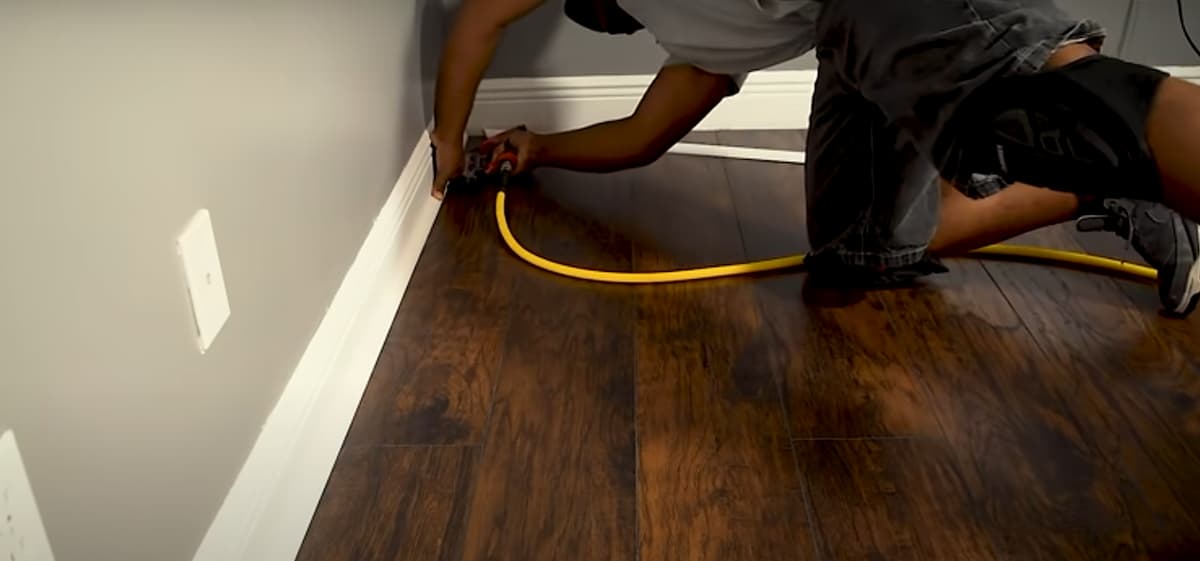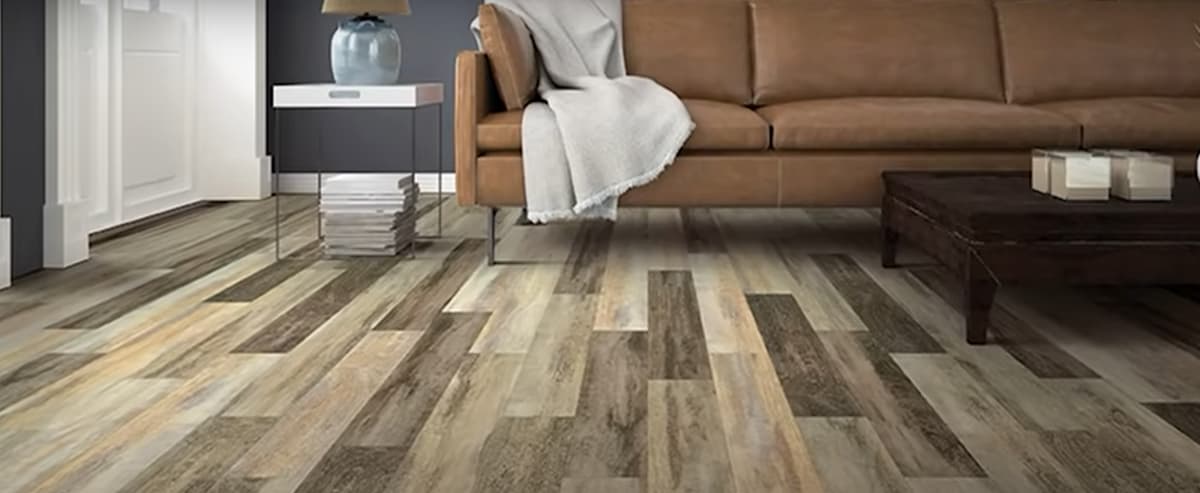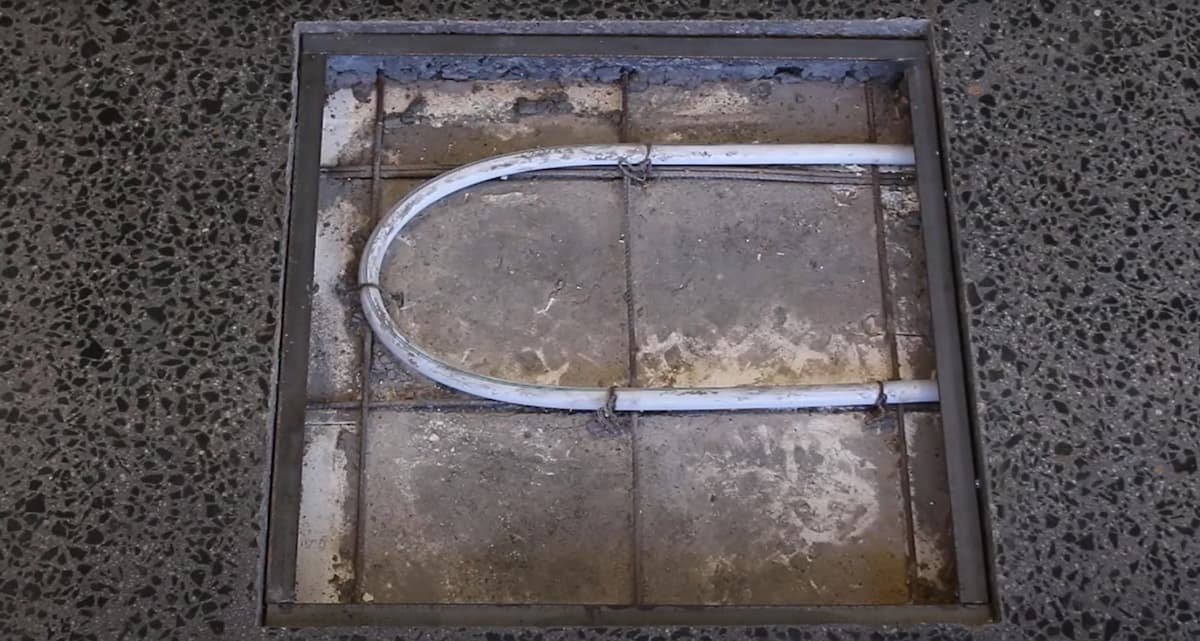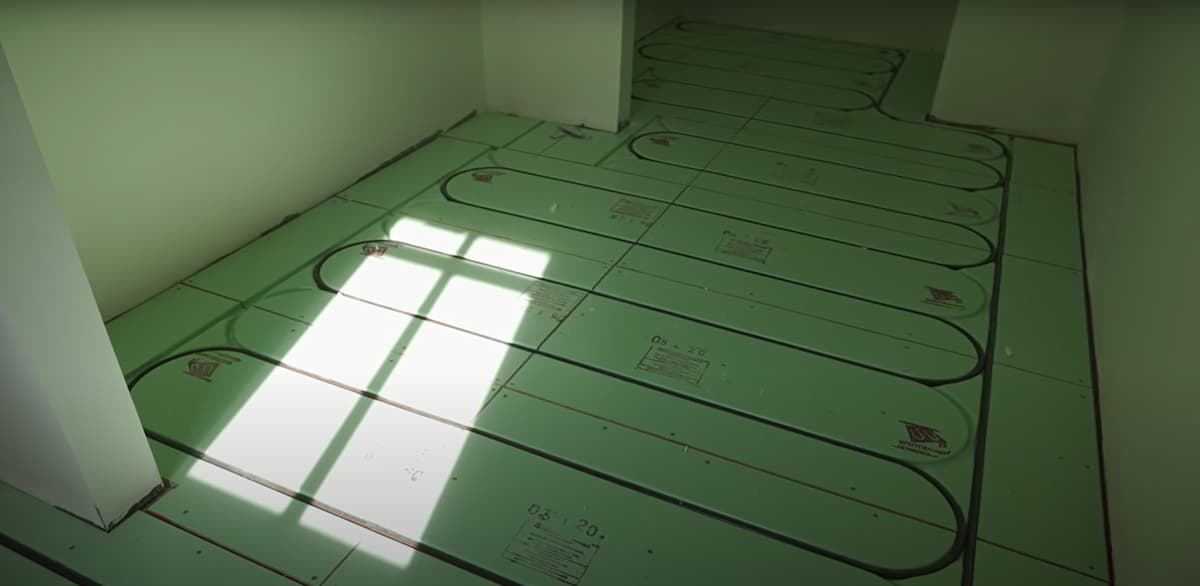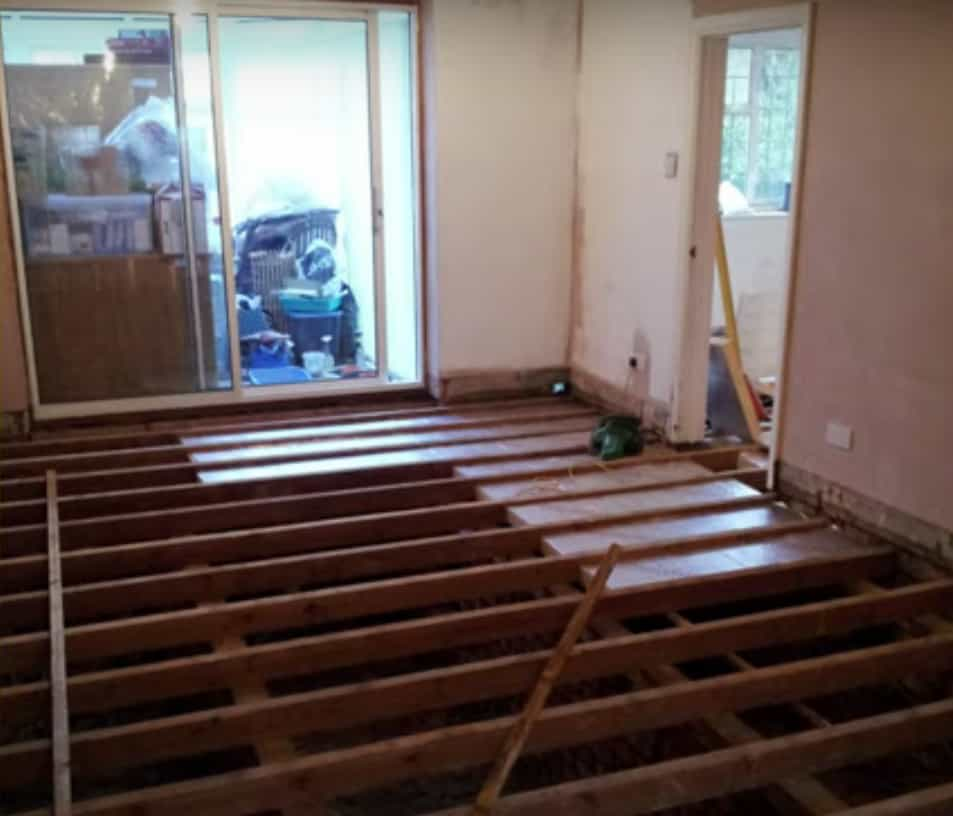
Underfloor insulation | Underfloor insulation cost in Australia | Benefits of underfloor insulation | Underfloor insulation used for a timber floor | Is underfloor insulation common in Australia? | Effectiveness of underfloor insulation
Heating and cooling take 40% of your energy bills. The amount is usually high during winter and summer as people heat or cool their homes for comfort. Fortunately, bulk insulation of the floor, walls, and ceilings can lower the figure. Underfloor insulation is installed under timber floors, or below the carpet or on the roof of the basement for concrete floors.
What is Underfloor Insulation?
Underfloor insulation is the addition of an insulating material beneath the floorboards or concrete floors. The insulation can be undertaken when constructing the floor or afterwards. In houses with concrete floors, the insulation material is installed in the basement roof or on the floor. If the home lacks a hatch, the carpet is lifted before sealing the floor.
Similarly, floorboards joists are covered underneath with the material to block air from penetrating. Moreover, the foilboard can cover the whole area. You can accomplish the insulation work yourself or hire insulation installers. It is advisable to look for professionals if the task is difficult.
How Much does Underfloor Cost in Australia?
In Australia, underfloor insulation cost depends on the type of insulation product and thermal resistance denoted by the R-value. For instance, Knauf earthwool insulation costs $5.5/m2. Thus, you will pay at least $440 for an 80m2 underfloor. However, polyester insulation will cost the homeowner more.
Although the weather conditions of a location are influenced by the climate zone, materials with R2.0, R represents R-value, are fine in the country. While Contractors can charge less than $1,000, the cost can rise to $2,000.
Overall, the cost depends on the materials, spacing between joists and ease of access. Therefore, you should expect it to vary with insulation products and floor area. Additionally, tight floor joists and low underfloor require more time for installation resulting in rising charges.
What are the Benefits of Underfloor Insulation?
Homeowners accrue several benefits when they install underfloor insulation. Apart from reducing energy bills, the materials prevent floor draught. Notably, heat escapes from our homes through spaces on the floor. Hence, houses without insulation need more heating to raise temperatures levels during winter.
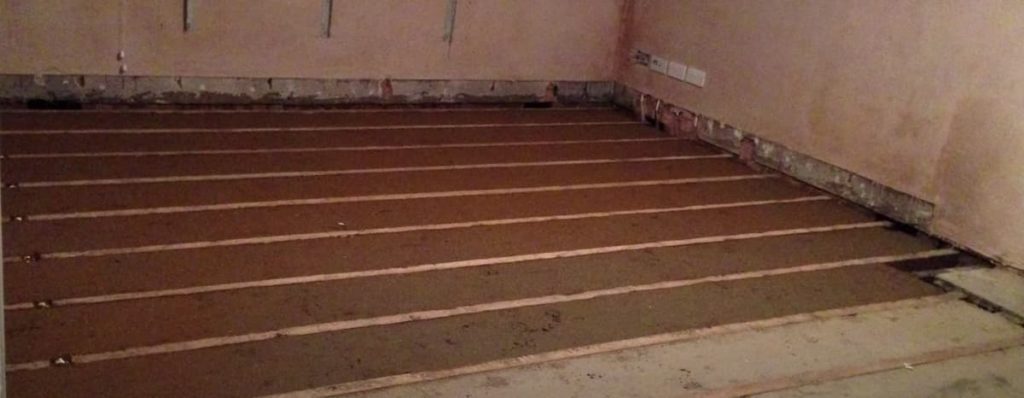
When the thermal insulation is done, the room becomes warmer faster. In summer, the installations prevent heat flow through the flooring material helping to keep the house cool. Furthermore, moisture cannot penetrate the insulation panels. This curtails the development of draught.
What Underfloor Insulation is used for a Timber Floor?
There are different types of underfloor insulation for timber floors. Glasswool or fibreglass, foilboard, and polyester are better suited for timber floors. They are not flammable, they don’t rot, and they aren’t prone to vermin attack. Foilboard home insulation is gaining popularity because it is light, easy to cut and easy to handle. Also, foil insulation lacks fibres that can cause asthma attacks like glasswool.
Is Underfloor Insulation common in Australia?
A federal government report released in 2010, showed that only 2.4% of 1,306,000 homes had floor insulation in 2005. Out of the number, 31% had wall insulation and 99% roof insulation. The figure might have grown following the launch of the Home Insulation Program in 2009. Today, insulating timber floors is a requirement of the building code.
How effective is Underfloor Insulation?
Underfloor is very efficient in minimizing heat loss in winter and cooling homes during the summer. Research has shown that it reduces heat loss by between 15% and 20% in your house. Hence, if you spend $400 to heat your home without insulation, installing underfloor insulation will save you $60 to $80 in energy costs.


